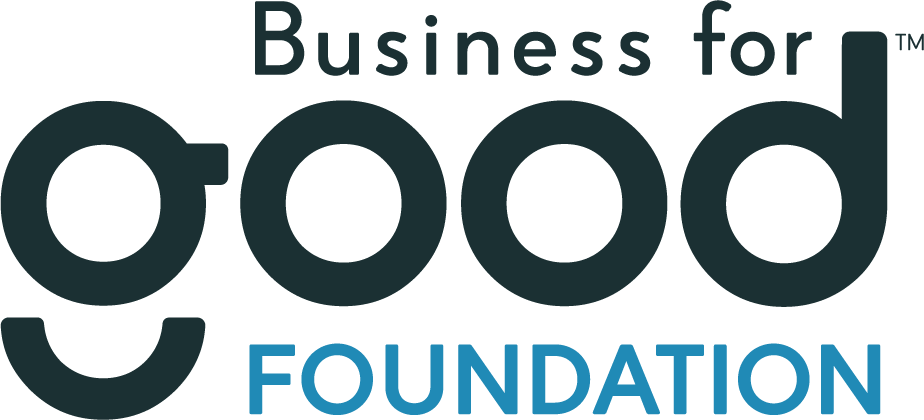News
February 25, 2020AVAIL ‘Visualization Wizardry’ Produces Regional Data Source to Aid Nonprofits
When a consortium of leading Capital Region community groups went looking for a clear and accessible platform to help nonprofit social-service organizations get the local statistical profiles they needed, they had no problem visualizing where to turn.
The 8-year-old University at Albany Visualization and Informatics Lab (AVAIL) has become renowned for taking on statewide, national and even international projects, producing eye-catching and accessible web-based visualization platforms that aid the planning and research of governments and industries. In short, AVAIL had exactly what was sought by the consortium of the Capital Region Chamber, Capital District Regional Planning Commission (CDRPC), Community Foundation of the Greater Capital Region and Capital Region Transportation Committee.
Formed about one year ago, the consortium spent months determining the areas it would want covered in a “community indicators” website so that nonprofits would have a one-stop data source to assess and address regional health, nutritional, housing, educational and other needs — both directly, and by obtaining government and foundation grants to support their efforts.
Catherine Lawson, director of AVAIL
Catherine Lawson of Geography and Planning, and director of AVAIL
Last summer, the consortium turned to AVAIL, which is directed by Catherine Lawson, associate professor in Geography & Planning and program director of the department’s Masters of Regional Planning program. Getting right to work using U.S. Census data, AVAIL produced a test version of the website for consortium members in September, and teamed with them to officially launch Capital Region Indicators last Wednesday.
The reception given the new site was overwhelmingly positive, both in terms of the amount of data now available to the public regarding housing conditions, educational attainment, income levels, employment rates, transportation services and more, and how the information will be helpful in focusing on equity among the region’s communities.
“Being able to leverage the expertise of the University at Albany and its AVAIL team for this project brought so much to the partnership,” said Mark Castiglione, executive director of CDRPC. “The organizations involved started with a lot of ideas and intersecting goals but the AVAIL team was not only able to bring focus to our project but also use state-of-the-art technology to translate those ideas into a powerful tool that puts data at people’s fingertips.
“This tool will help everyone better understand the levers that define the health of our communities and we look forward to continuing to work with the AVAIL team as we continue to refine and improve the tool. AVAIL’s work on the project exceeded expectations and is a great example of the University being a community partner and giving back.”
“Our partnership with AVAIL has been outstanding,” said Marna Redding, vice president of membership services for the Chamber. “We are fortunate to have such a talented team in our backyard at UAlbany. They were able to take our ideas, find the data available and create a site that brings everything together to tell our region’s story. Their visualization wizardry has created a site that our region can be proud of and we look forward to the work that is to come.”
Matt Grattan, UAlbany’s director of community and economic development who worked with the consortium to communicate the concept and score of the project to external stakeholders, called the project a great example of UAlbany’s community engagement “on the heels of receiving the Carnegie classification for Public Engagement and as we commence the APLU Innovation and Economic Prosperity Designation.”
He noted that Indicators also will aid the University itself by aiding efforts to secure grant applications in such areas as social work and public policy.
Lawson called Indicators “yet another an example of how the University’s research capacity supports community engagement across the Region.” She said her AVAIL team is already “moving forward with a second year of site development to further provide data visualizations and analytics for local non-profits to see, measure, monitor and respond to trends from the Greater 8 County Region down to every Census tract.”
























